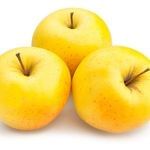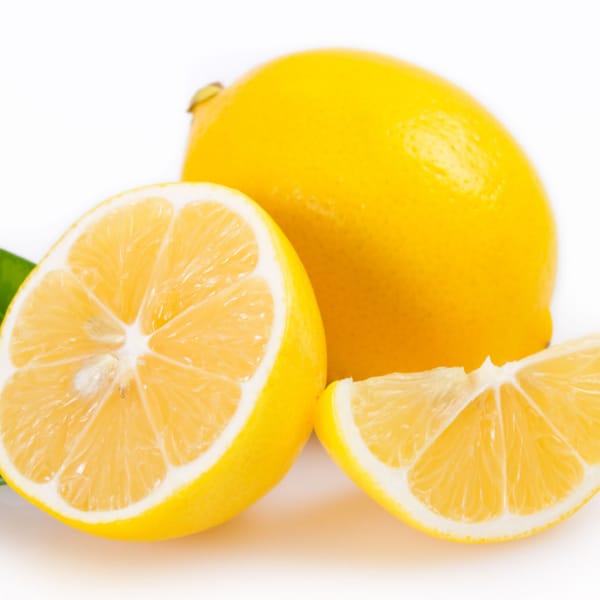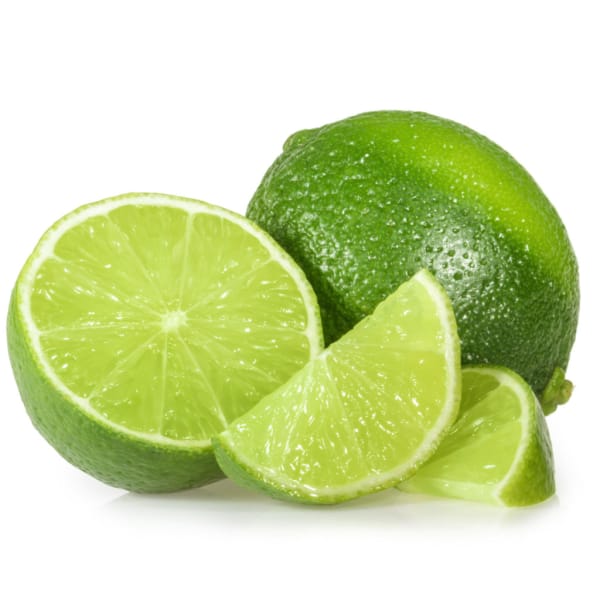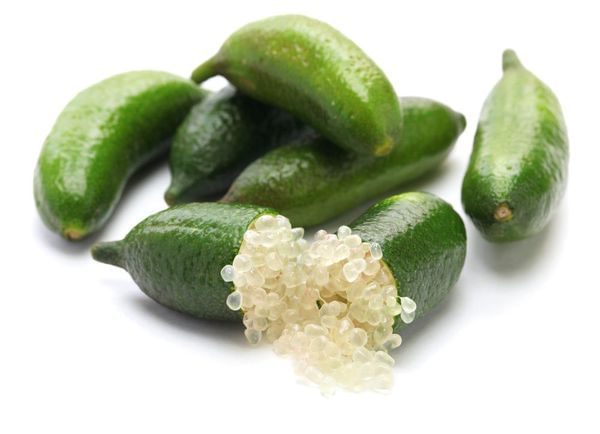Golden Delicious Apple- Variety Information
- Large, bright, yellow gold skin.
- Legendary sweetness and flavor.
- Reliable producers adapted to many climates.
- Allow the fruit to ripen to gold on the tree to experience the sweetest apples.
- Bakes well
- Favorite for fresh eating.
- Self-fruitful and best pollinizer for other varieties
- Grafted on semi-dwarf rootstock
- Apples are generally late blooming.
- Need full sun, well-drained soil, and moderate fertility.
- Thin fruit to maximize quality and size.
- Self-fertile
- USDA Zone 5-10, Requires 700 chill hours to set fruit. Protect when temperatures fall below -20°F.
- Harvest 4-5th year.
- Grafted onto M-111 semi-dwarf rootstock.







